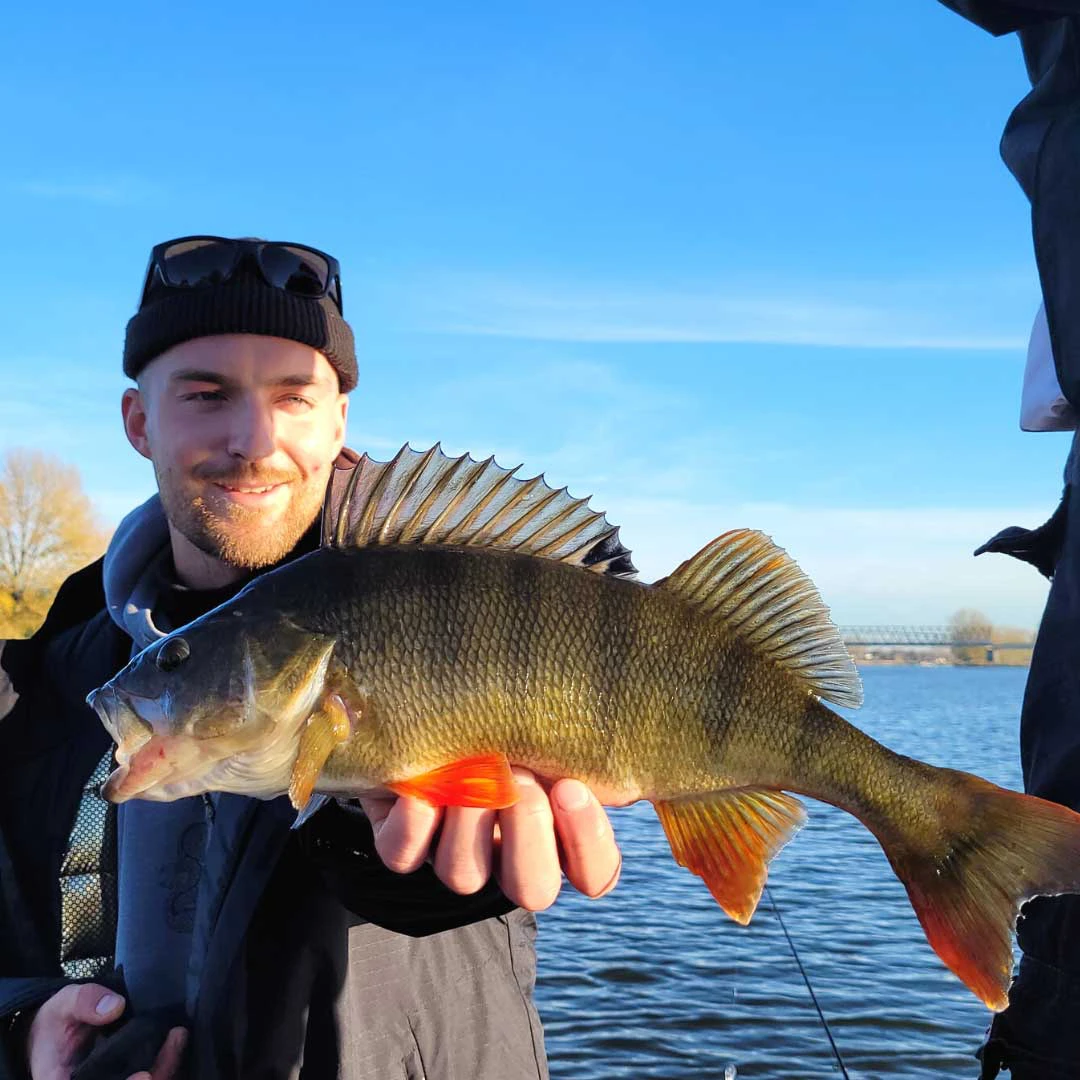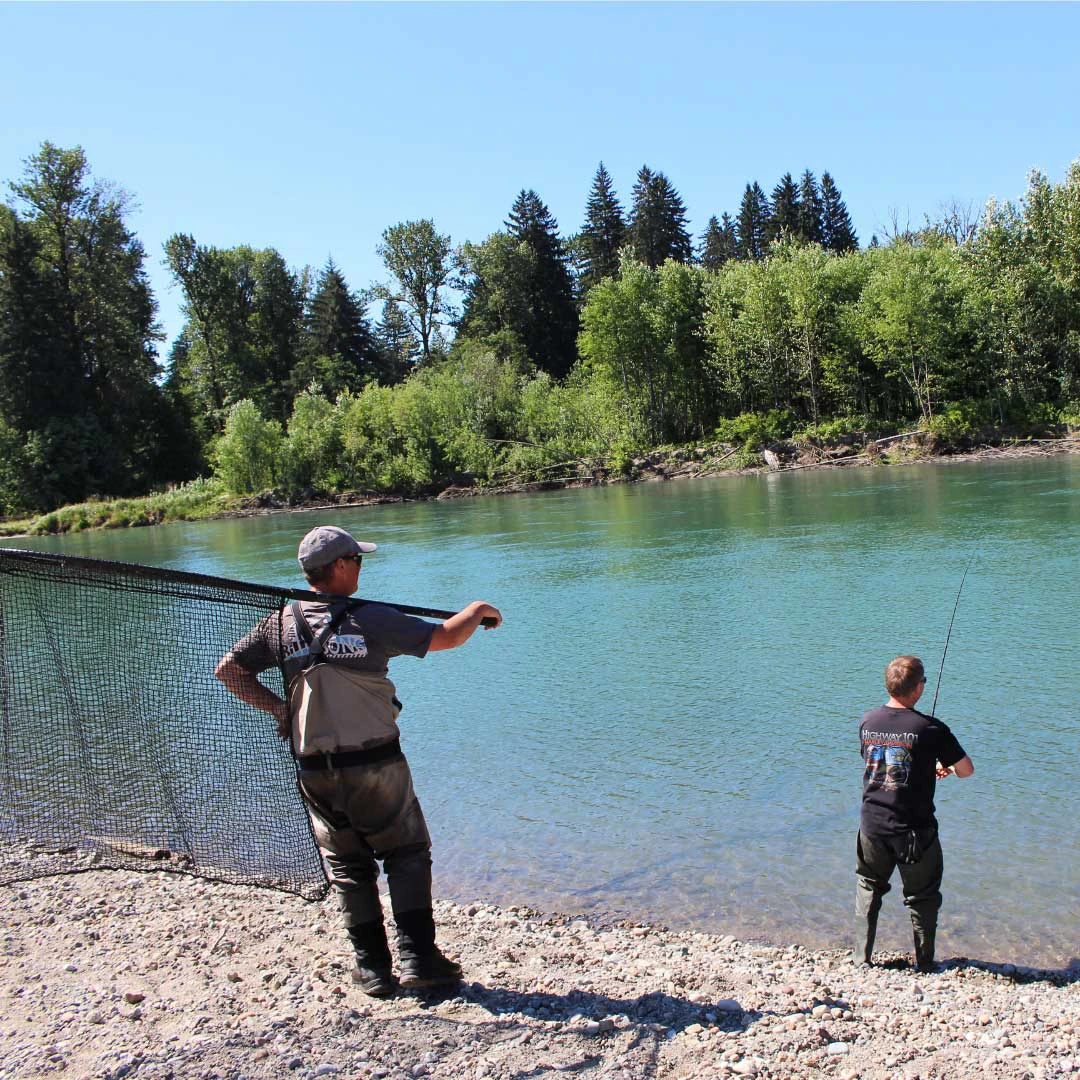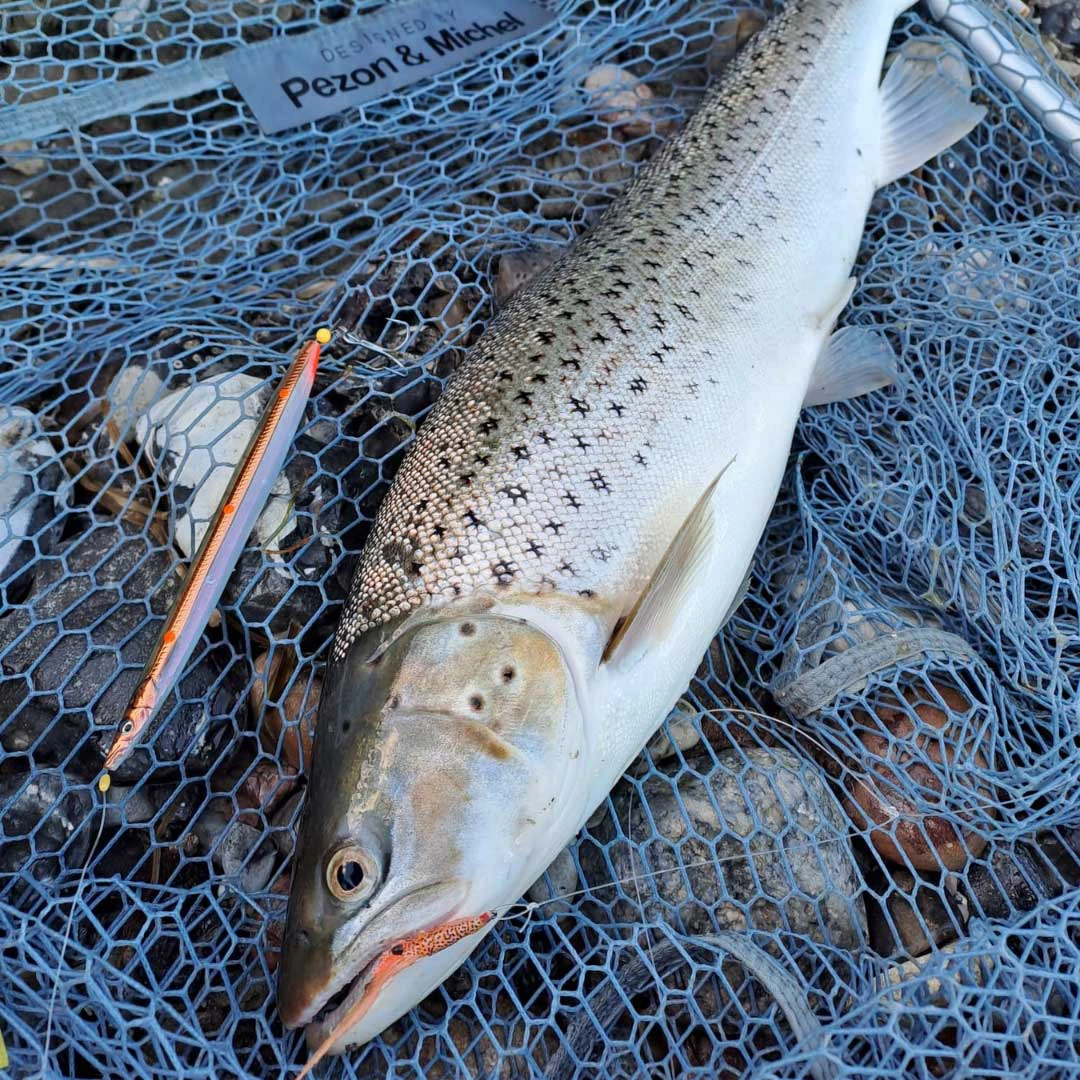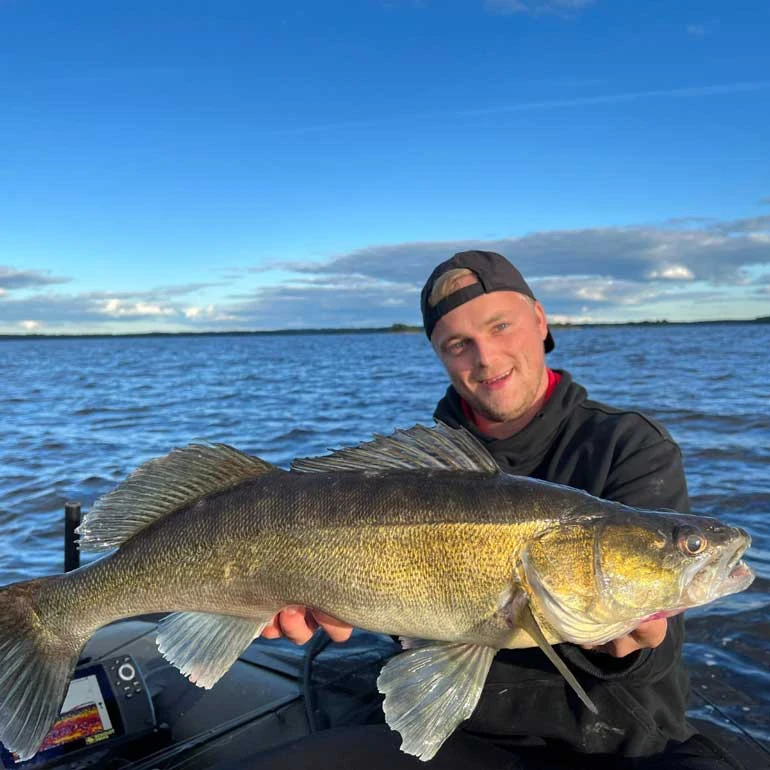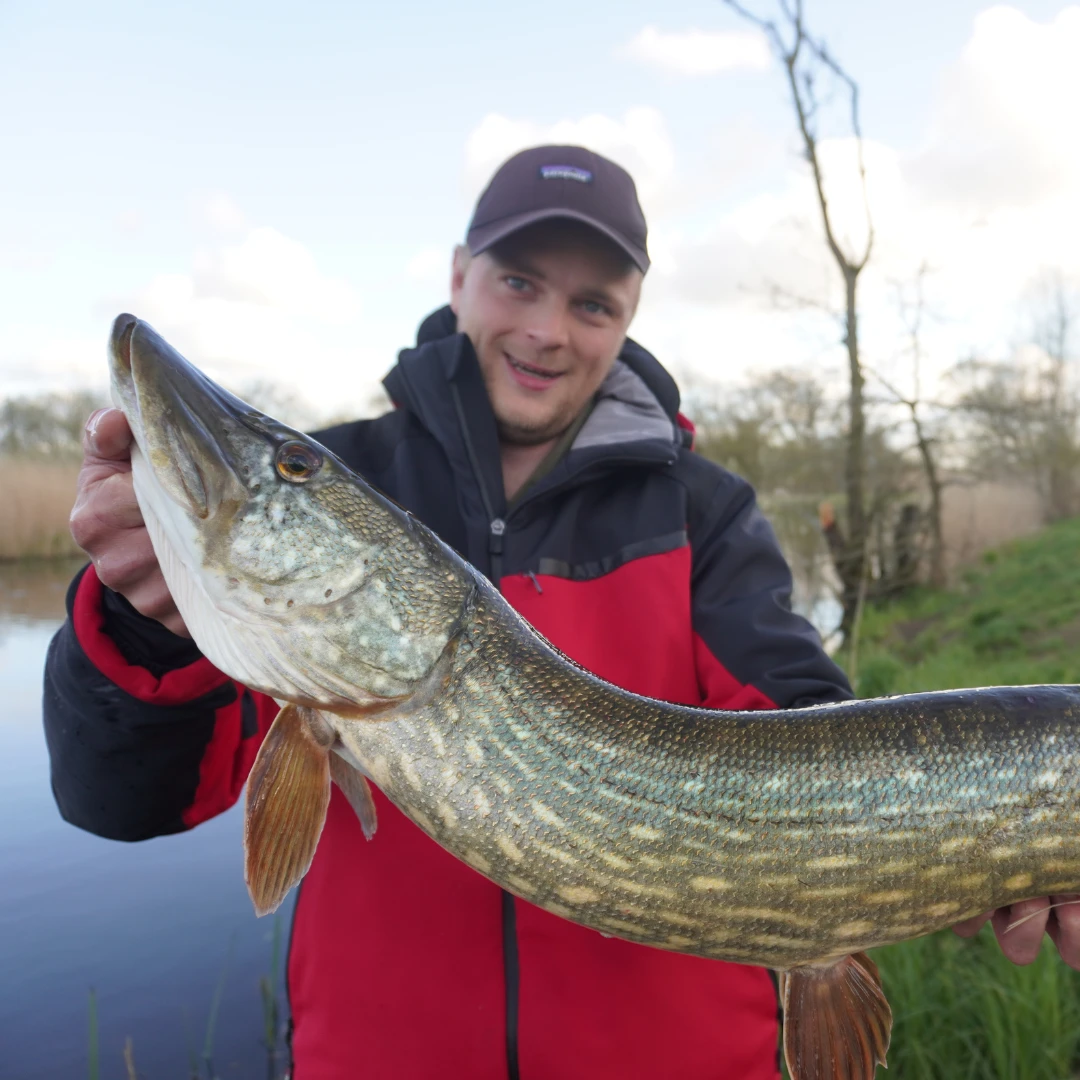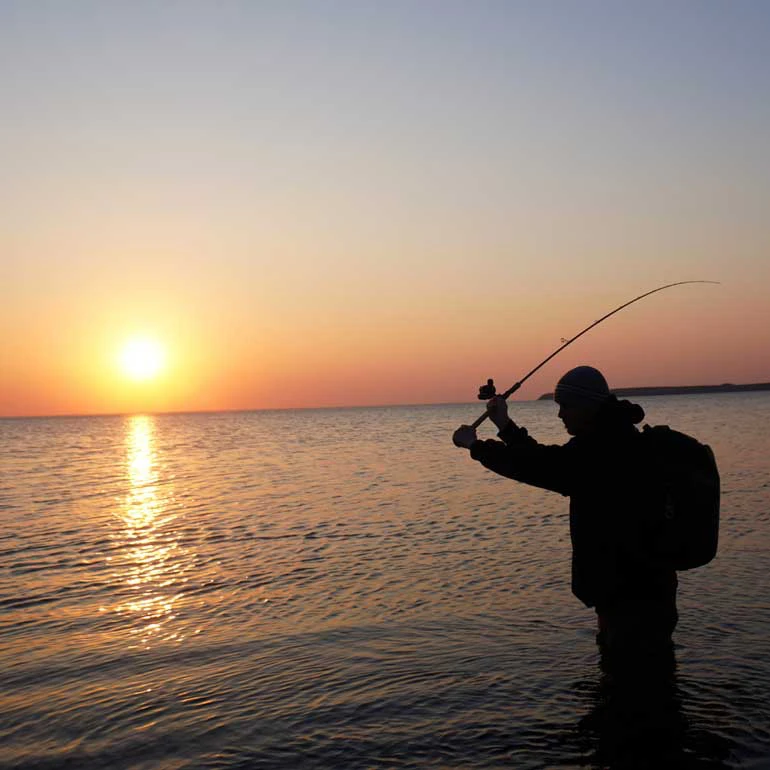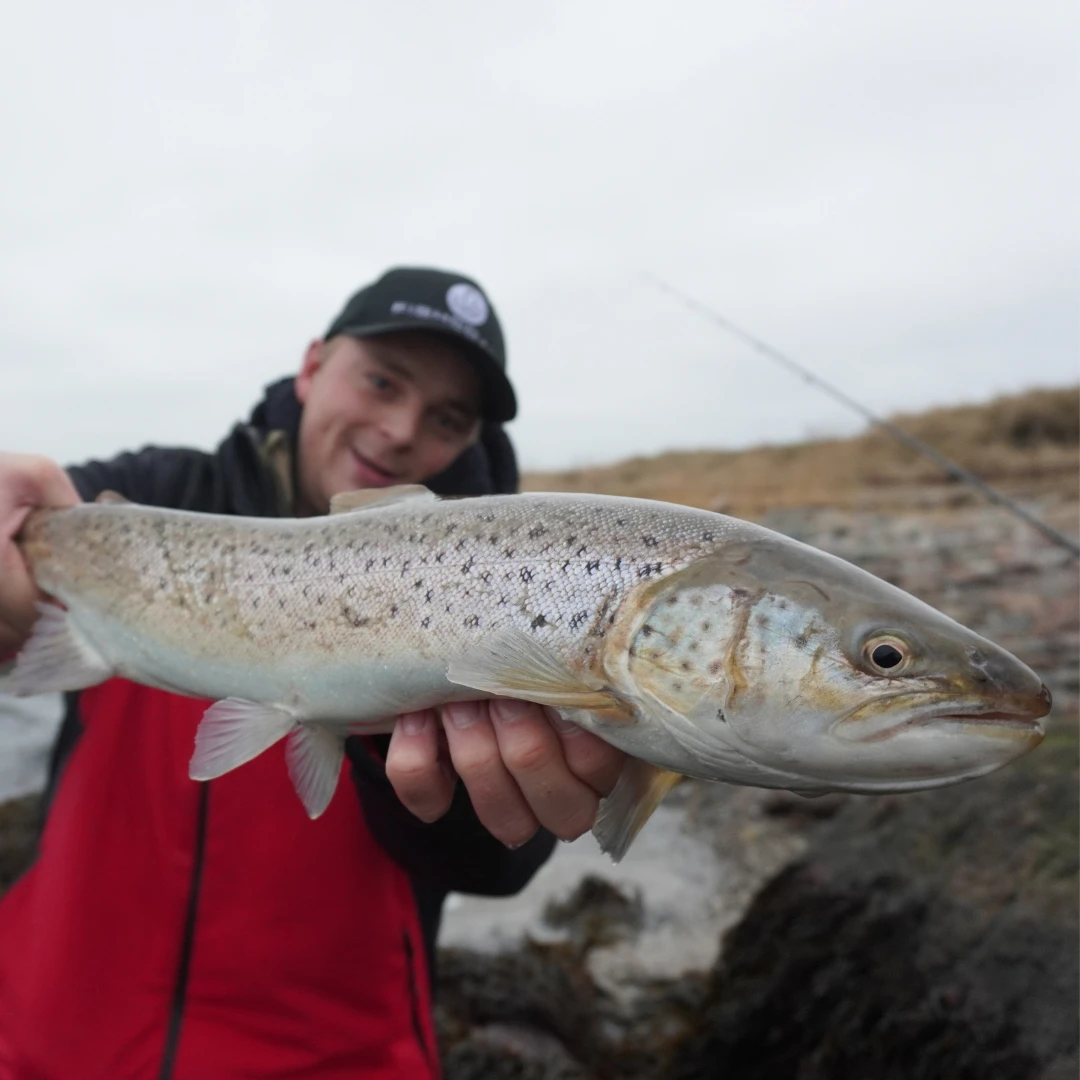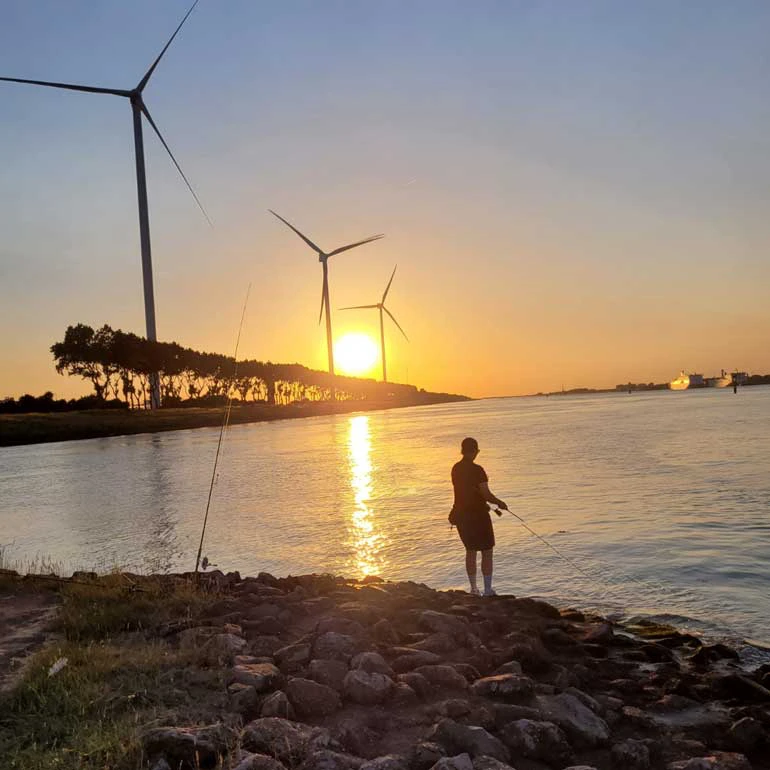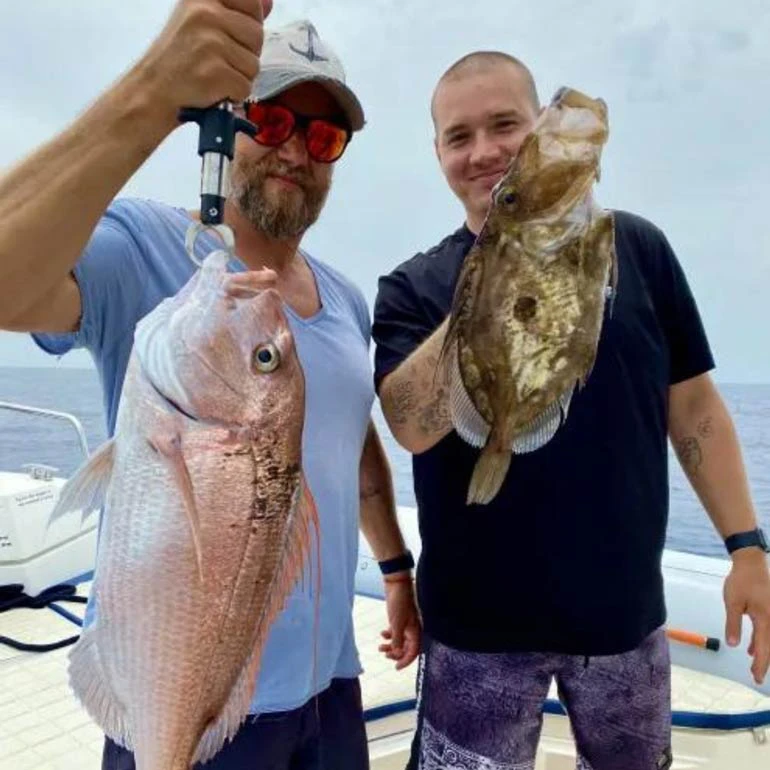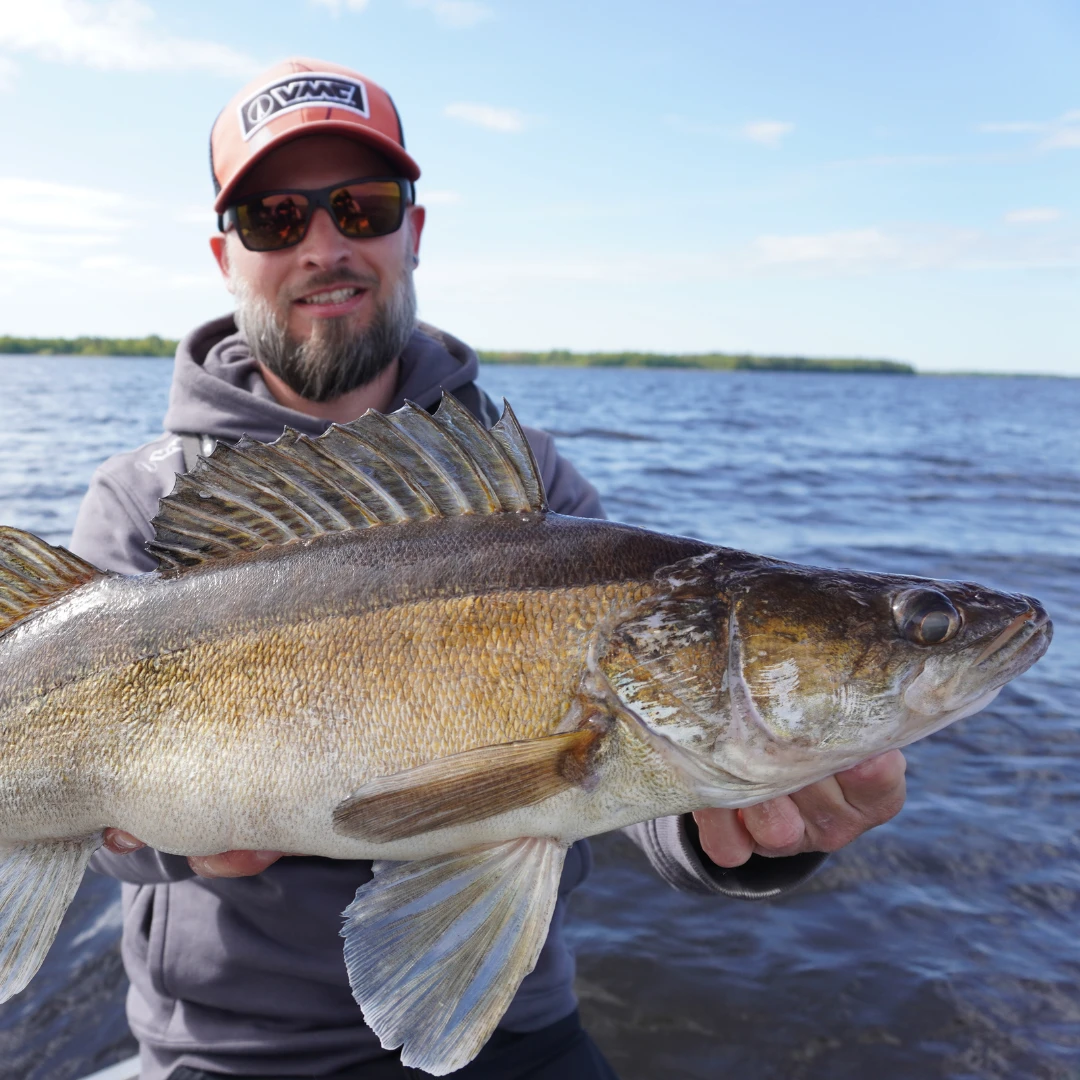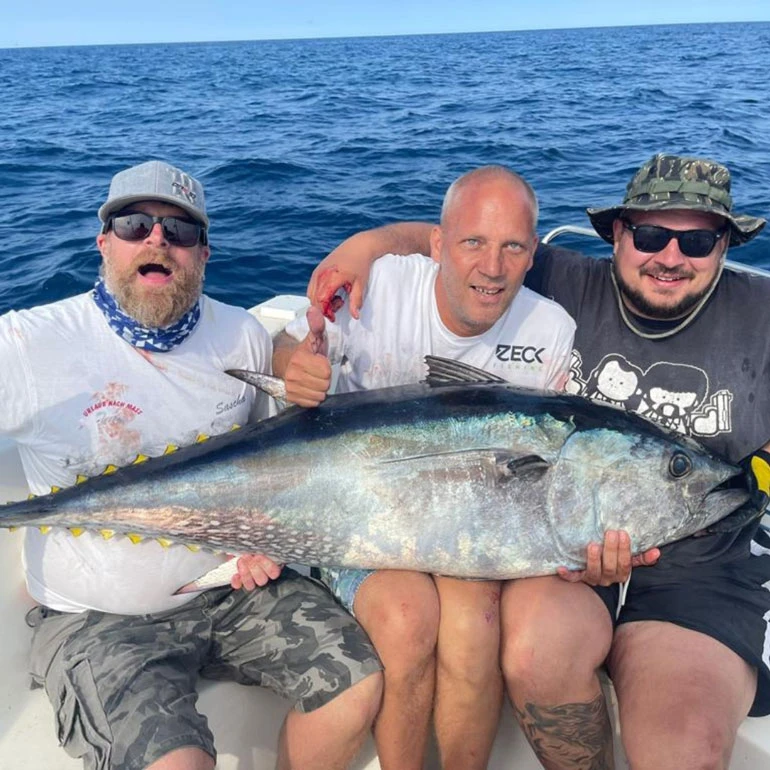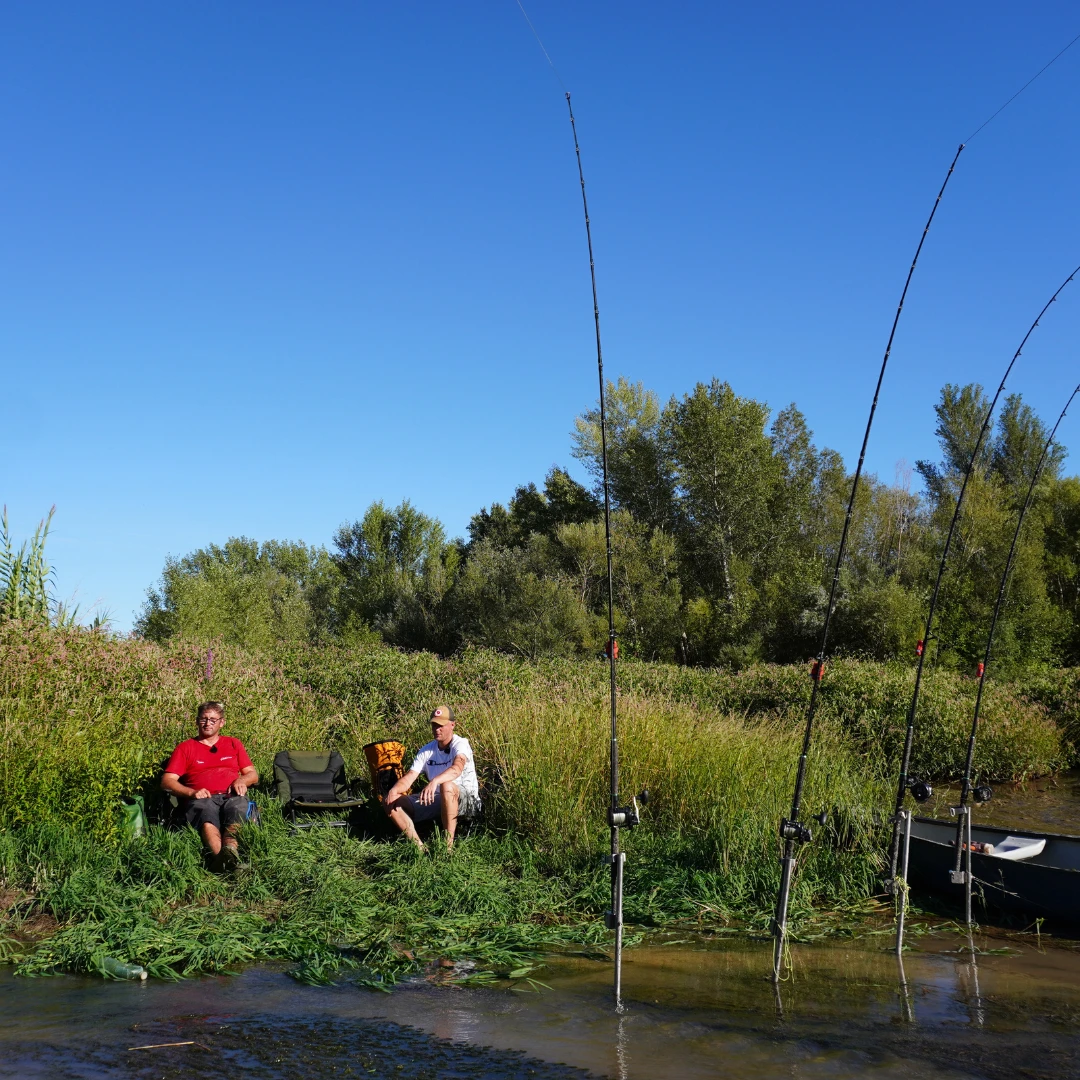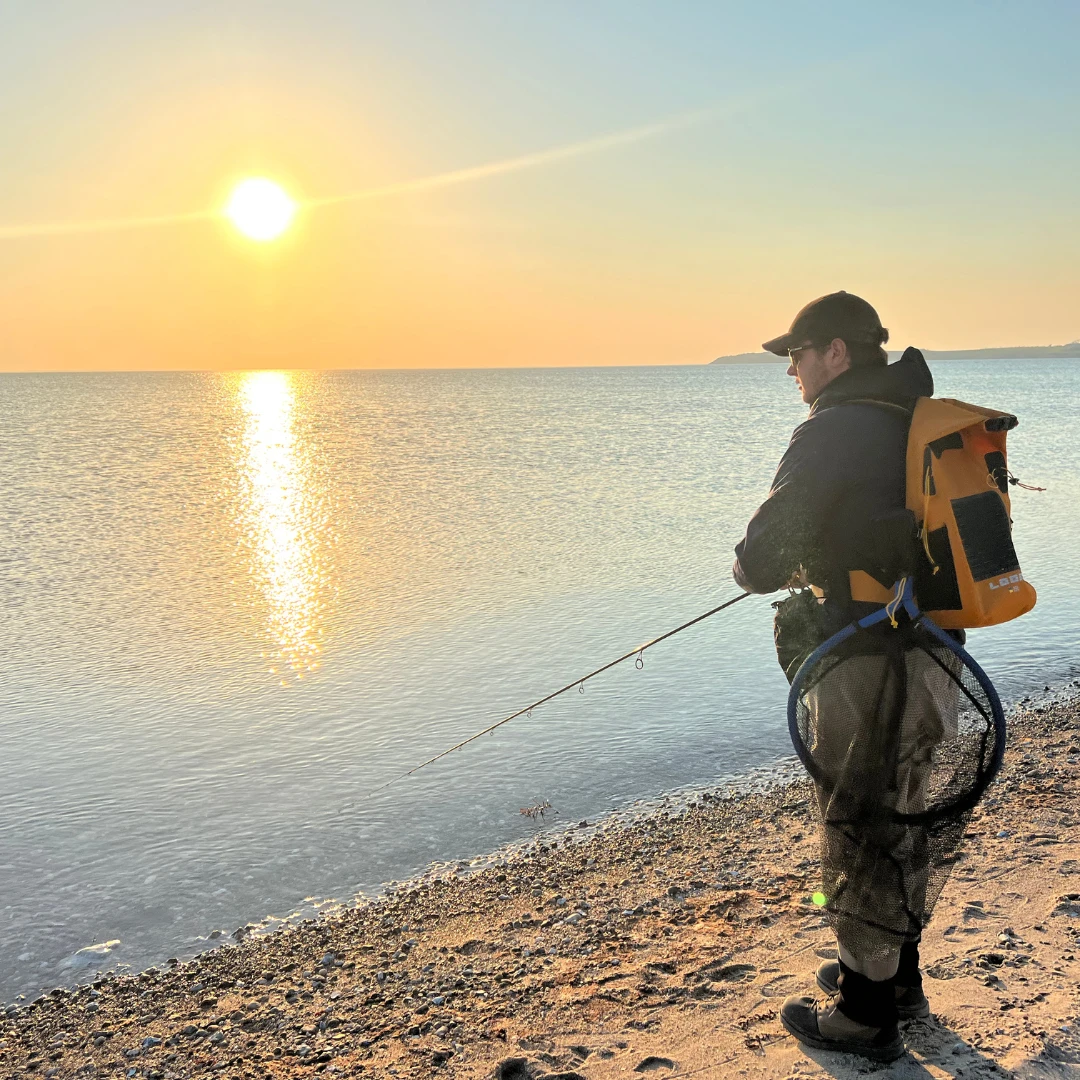
07
Feb
Fishing in Winter
Contents: 1. Winter Fishing: What You Need to Know 2. Winter Fishing: Different Waters, Different Approaches 3. Winter Shore Fishing 4. Winter Boat Fishing 5. Winter River Fishing 6. Winter Canal Fishing 7. Winter Lake Fishing 8. Winter Fishing: Equipment You Need 9. Winter Fishing: Learn from the Pros
Winter Fishing: What You Need to Know
Winter fishing poses a special challenge for many dedicated anglers. The cold temperatures, altered water conditions, and changed fish behavior demand a tailored approach. In this article, we explore the diverse world of winter fishing, shedding light on crucial aspects to ensure success during the chilly season. From selecting the right gear to pinpointing suitable fishing spots and choosing the optimal bait – we delve into the realm of fishing when nature is in a deep winter slumber.
Winter Fishing: Different Waters, Different Approaches
The frosty months of the year offer tenacious anglers a chance to immerse themselves in the art of winter fishing. Contrary to the misconception that winter sports fishing is primarily for ice fishing, a multitude of potential fishing locations opens up. Each type of water demands a specific strategy for success. In this article, we thoroughly examine the nuances of winter fishing, unveiling distinct strategies for fishing in rivers, lakes, canals, from the shore, and from a boat. It becomes evident that winter isn't just a period of hibernation for nature; it's also a prime season for pursuing large fish, a topic we'll delve into later in this article.
Especially in Winter it can be challenging to find the fish, if you would like to fish with a professional guide to see how it's done, you will find them here.
Winter Shore Fishing
When fishing from the shore in winter, numerous promising spots attract fish. Locations near bridges are particularly fruitful, often regarded as hotspots due to their ability to retain warmth, offering a slightly higher water temperature. In cold winters, this becomes enticing for fish seeking warmer areas to conserve energy.
Steep drop-offs are also recommended, providing fish with shelter and keeping them close to deep water – a significant advantage during the cold season. These deep spots serve as a refuge for fish against predators, enabling them to swiftly retreat to deeper waters when necessary. Understanding the water's structure is crucial for successful winter fishing, identifying and strategically fishing these preferred areas.
Winter shore fishing presents good catch opportunities even in low temperatures when following these tips. Additionally, light sources at night can attract fish to shallower waters. For instance, it's known that in frosty temperatures, pike can be caught in just 50 cm of water, drawn to prey attracted by artificial or natural light sources. Anglers incorporating these aspects into their strategy can successfully fish from the shore even in winter.
Winter Boat Fishing
Fishing from a boat in winter can be both challenging and rewarding. Choosing the right fishing spots is crucial for success during this season. Structured areas, like underwater obstacles, provide shelter and food for fish, serving as ideal locations in winter by offering protection from cold weather and access to potential prey.
Deep water passages are particularly attractive in winter, as they retain heat better than shallow water, providing fish with a crucial constant in the cold season. Harbors and their entrances are also promising spots, offering protection against strong currents and winds, often attracting fish that find food in these areas.
For anglers fishing from a boat in winter, the flexibility to quickly switch between different spots is advantageous. Since finding active fish is crucial in winter, this flexibility is key. Fish can be quite mobile in winter, so trying different locations to encounter their activity is essential. You can find guided boat tours here.
Another crucial factor is the time of day. In winter, midday is often the most rewarding, as temperatures are at their highest. Fish are generally more active at this time, as the water has slightly warmed up. Therefore, adjusting fishing times accordingly is sensible to have the best chances of a successful catch.
Winter River Fishing
Winter fishing in rivers presents various promising areas. Current edges are highly attractive during this season, providing fish with protection and an efficient food source. These edges can be formed by underwater structures such as rocks or trees, where fish like to stay to save energy and wait for prey.
Deep holes in the river are also promising spots in winter, serving as a refuge for fish from the current and protection against predators. Additionally, deep water retains heat better than shallow water, a significant advantage for fish in the cold season.
The confluence of tributaries is another promising area, where different currents and food sources attract fish. Moreover, in these areas, larger prey fish and small animals often move towards the river, enticing predatory fish.
When winter fishing in rivers, it's crucial to pay attention to the current and water temperature. Fish generally move slower and more sparingly in winter to conserve energy. Therefore, adapting the bait to entice fish to bite is advisable. By targeted fishing in these promising areas and adjusting fishing techniques, one can have good catch chances in winter rivers.
Winter Canal Fishing
Winter fishing in a canal reveals potential in even the smallest bays or areas deviating from the standard canal course. These deviations can offer fish protection from currents and predators while providing an efficient food source. In such deviating areas, the water can also warm up faster, which is highly attractive for fish in winter.
Deep holes in the canal are also promising spots in winter, serving as a refuge for fish from the current and protection against predators. Additionally, deep water retains heat better than shallow water, an advantage for fish in the cold season.
The confluence of side canals is another promising area, where different currents and food sources attract fish. Moreover, in these areas, larger prey fish and small animals often move towards the canal, enticing predatory fish.
By fishing deliberately in these promising areas and adjusting fishing strategies, one can have good catch chances even in winter canals.
Winter Lake Fishing
In winter, fishing in a lake presents unique challenges and opportunities. Shallow shoreline zones, where the sun can quickly warm up the water, are promising areas. These shallow areas serve as a food source for fish and offer them protection from predators. Additionally, in these shallow shoreline zones, water plants and structures often incline towards the lake, attracting prey fish and, consequently, predatory fish.
Deep water layers in the lake are also promising places in winter. In these depths, fish can seek shelter from the cold and predators. Additionally, deep water retains heat better than shallow water, a significant advantage for fish in the cold season.
Areas around underwater structures such as sunken trees, rocks, or underwater hills are also attractive for winter anglers. These structures provide fish with protection and are often hotspots for hunting. Moreover, fish can hide near such structures and lie in wait for prey.
Winter Fishing: Equipment You Need
When fishing in winter, choosing the right fishing gear is crucial for success. Since fish are often more sluggish and cautious in winter, it's important to use finer and more sensitive equipment. Using a light rod with appropriate sensitivity is advisable to perceive even the slightest bites. Additionally, it's recommended to use thinner and inconspicuous fishing lines to avoid arousing the suspicion of cautious fish.
Regarding bait, it's often effective in winter to use natural baits such as maggots, worms, or small baitfish. These are less noticeable and better adapt to the slow movements of the fish. Bait presentation should also be adjusted: slower presentations and pauses in bait movement can help deceive cautious fish and entice them to bite.
Since fish are very inactive, when using artificial lures in winter, it's advisable to opt for large, slowly presented lures in a vibrant color scheme.
Choosing the right fishing gear and adapting baits and bait presentation are crucial factors for success in winter fishing. With the right equipment and suitable baits, one can have good catch chances even in the cold season.
Winter Fishing: Learn from the Pros
In winter, it can be particularly rewarding to book an experienced guide at unfamiliar waters. A guide possesses knowledge about the specific body of water and fish behavior during the cold season. By acquiring this knowledge, the likelihood of successful fishing at unfamiliar waters can be increased.
